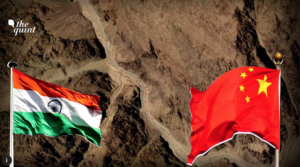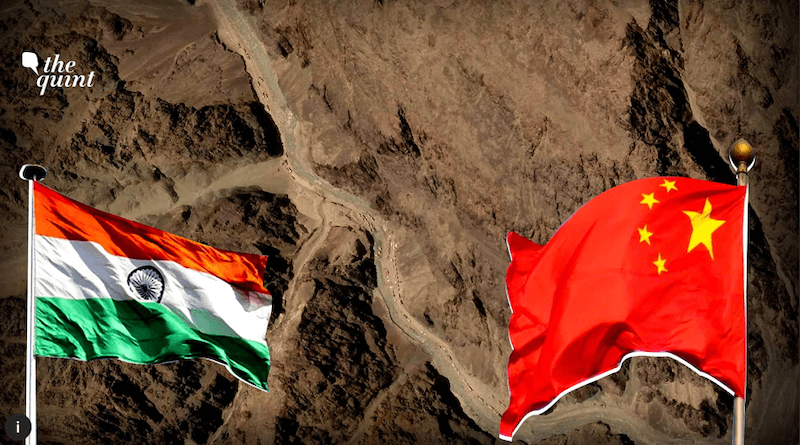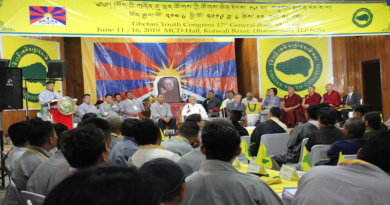Offensive defence strategy sees India deploy 50,000 more troops along China border

DHARAMSALA, 29 June: In a move that has been defined as “offensive defence,” India has reportedly deployed 50,000 more troops at the Indo-China border over the past few months.
The development, Bloomberg reported came amid a stalemate in the disengagement process in remaining friction points in eastern Ladakh.
A senior official has been quoted as saying in the report that the additional deployment is expected to give India more options to attack and seize territory in China if necessary in a strategy known as “offensive defence.”
India now has about 200,000 troops deployed on the northern border, the report said and added that Indian military personnel, as well as fighter jet squadrons, have been shifted to three separate areas along the Chinese border.
It also stated that the redeployment of troops along the border includes more helicopters to transport soldiers from the Kashmir Valley to the high altitude zones along with artillery pieces like the M777 howitzer built by BAE Systems Inc.
As the border standoff between the two Asian giants has failed to boil down a year after the deadliest standoff between India and China in eastern Ladakh, the report said that New Delhi has taken several steps to ease tensions with Beijing while also asking the armed forces to be ready for any eventuality at the same time.
And in a clear message to China, India’s Defence Minister Rajnath Singh has remarked while addressing the troops in Ladakh on Monday that “India believes in resolving disputes with neighbours through dialogue but it will not tolerate if provoked or threatened.”
This marks a “notable change in India’s defensive strategy,” The Quint reported and added that “India’s defence strategy with China has hitherto been focussing on blocking china’s moves.”
The border dispute between India and China covers a 3,488-km-long Line of Actual Control (LAC).
The McMahon Line demarcation is the current effective boundary between China and India after the Chinese occupation of Tibet. It is a demarcation line drawn on the map referred to in the Shimla Accord, a treaty signed between Britain and Tibet in 1914.






